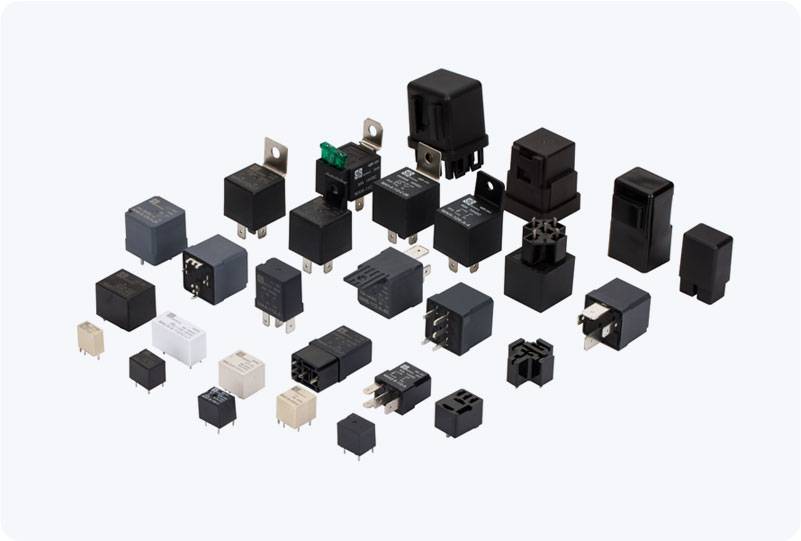the advantages and applications of solid state relay in modern automation
Release time:2025-08-27 00:56:06
Solid State Relays (SSRs) have revolutionized the way electrical circuits are controlled in various industries. Unlike traditional electromechanical relays, SSRs rely entirely on semiconductor components to switch electrical circuits, eliminating the need for moving parts. This shift has made SSRs more reliable, durable, and efficient, offering significant improvements in performance for both industrial and commercial applications. This article will explore the advantages of Solid State Relays, their working principle, and their broad range of uses.

What is a Solid State Relay?
A Solid State Relay is an electronic switching device that uses semiconductor components like triacs, thyristors, phototransistors, or MOSFETs to control the flow of electrical current. Unlike mechanical relays, which use electromagnetic forces to open or close a set of contacts, SSRs rely on solid-state electronics to achieve this function, offering a faster, more reliable, and more durable solution.
The typical configuration of a Solid State Relay includes an input control circuit, a coupling device (such as an optocoupler), and an output switching component that controls the power circuit. The input side usually accepts a low-voltage signal, and depending on the device type, it can control an AC or DC load at high voltage or current. The relay responds to electrical signals by switching the load on or off without any moving parts.

